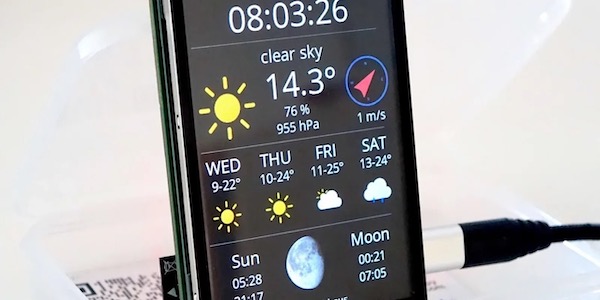So for this test run I put the scale attached to the NodeMCU in a plastic box on my balcony. Together with the weight (drift) I’m also measuring the temperature. My hope is that this way I can learn how the load cell drifts with temperature. So now I hope for a cold night and a hot day to get a big range for my test;-)
Update (next day)
 |
| Scatter Plot of the load cell’s temperature drift: on the Y axis is the deviation from a tared cell, on the X axis the temperature |
 |
| The uncompensated deviation from zero |
 |
| The temperature at the same moment |
 |
| The weight calculated after subtracting the temperature drift |


It look very promising, but the Compensated Weight curve does clearly show the result.
I assume the unit for Compensated Weight is grams. The y scale span is 150 and your drift is only -5. So even uncompensated the curve would show pretty much the same. -LCL
"does not" it should say
could you show us your excel file with your data? thanks
Hi Dani, are you using some table for offset in each temperature point (previously measured) or you are using some function derived from the measurement ?
Thanks, Peter